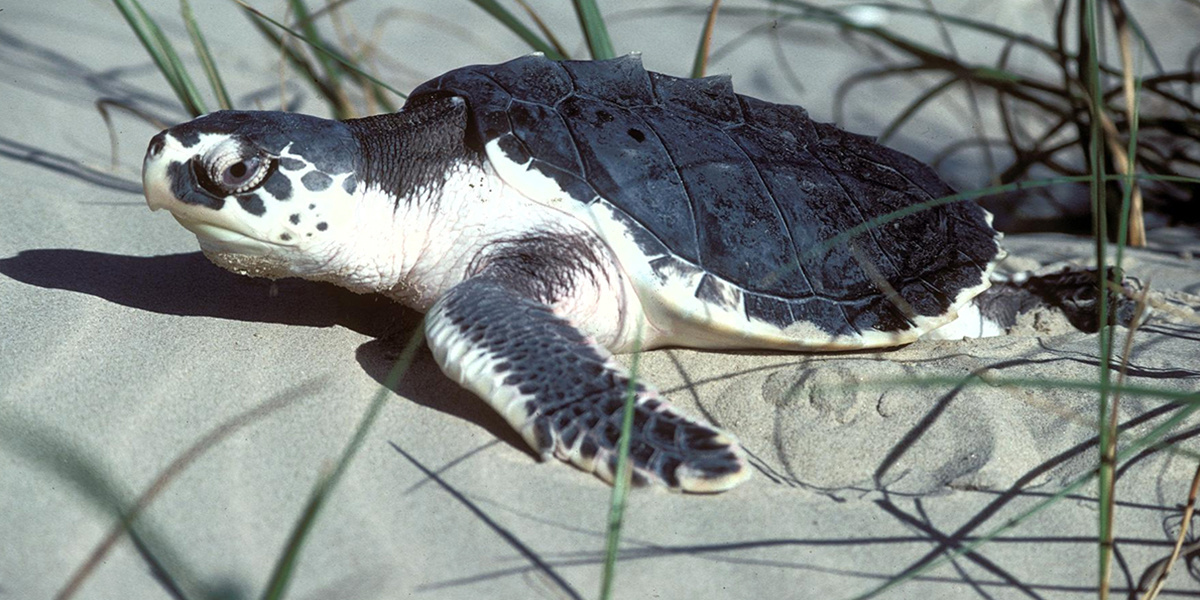

An extremely endangered sea turtle was found dead on a Fort Morgan, Alabama beach Saturday, strangled by an abandoned beach chair, the Miami Herald reported Sunday.
The turtle’s death was documented by a series of Facebook posts by the Fort Morgan branch of Alabama sea turtle conservation group Share the Beach.
“This makes me so mad. How many hundreds of times do we have to ask people to pick their stuff up? It should just be common decency. I think I am going to print this out and carry it with me next time I have to ask,” the first post said.
[facebook https://www.facebook.com/363244223801060/photos/a.677592329032913.1073741868.363244223801060/1611630992295704/?type=3&theater expand=1]
The posts identified the turtle as a Kemp’s ridley turtle, which are the smallest species of sea turtle, according to the Miami Herald, and also the most endangered, according to the World Wildlife Fund.
They typically nest in Texas and Mexico but have been found in the Gulf, WPMI reported.
Kemp’s ridley sea turtles have been listed by the U.S. Fish and Wildlife Service (FWS) as endangered species since 1970, and the greatest threat to the species is human activity, according to the Miami Daily Herald.
“We did it, turtles will not encounter chairs if it were not for us,” Dauphin Island resident and Share the Beach volunteer Richard Brewer told Fox10 News. “Heartbreaking. Truly heartbreaking.”
Brewer said that he had a pile of nets, ropes and refrigerator tanks in his yard that he and his daughter had collected from beaches on Dauphin Island this season.
“We had great news this morning, we believe that we have the first Kemp’s ridley nest ever found on Dauphin Island, to find out that we had a mature female Kemp’s that just died because of something that could have been prevented is tragic,” Brewer told Fox10 News.
Matt Ware, a Ph.D. student and marine ecologist who posted the second set of photos of the turtle, said the turtle was found during salvaging activities permitted by U.S. FWS.
[facebook https://www.facebook.com/matt.ware.908/posts/10216777809179701 expand=1]
Ware told WPMI that he was not sure how long the turtle had been dead, but it could have suffered for days.
“The chair had some growth on it and the turtle was showing signs of decomposition, though not extensive,” he said in a comment on the original post reported by the Miami Herald. “It’s late in the season for these guys to be nesting, so either she’s been carrying it around awhile or she picked it up in the water.”
Ware told WPMI that beachgoers should take everything back with them when they leave the beach, even if they plan to return the next day.
“We aren’t the only animals who enjoy the beach,” Ware said.
For Baby Sea Turtles, Beaches Become Safer While Ocean Hazards Mount https://t.co/yMiutviWN4 @CenterForBioDiv @SeaTurtles_org @turtlenews
— EcoWatch (@EcoWatch) April 26, 2018

 233k
233k  41k
41k  Subscribe
Subscribe 